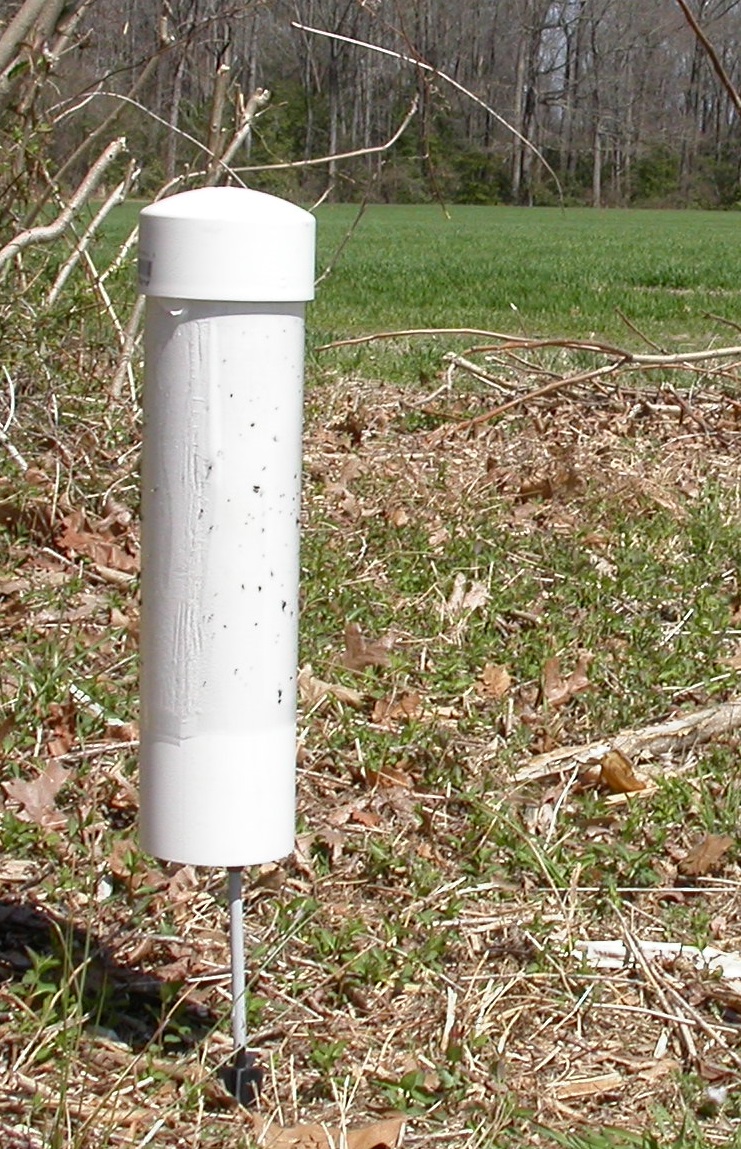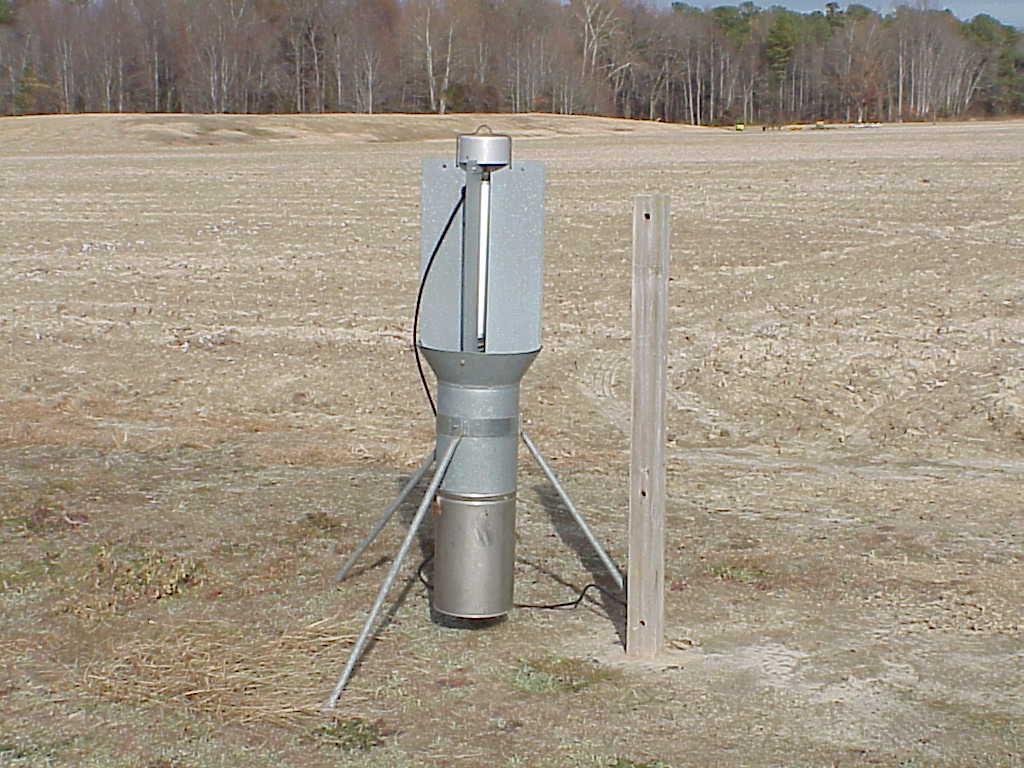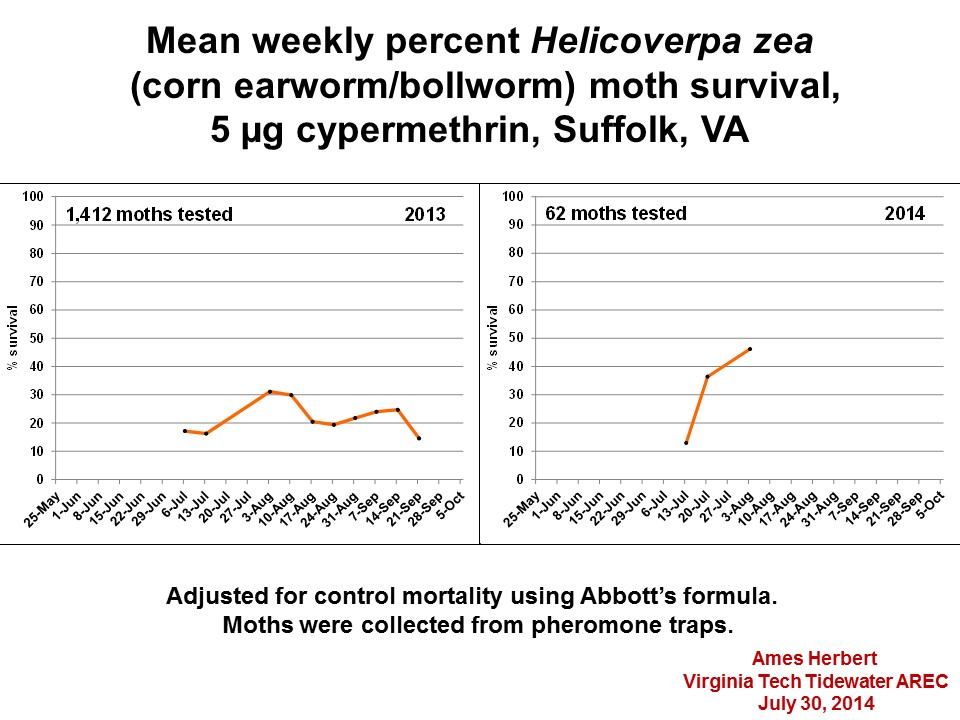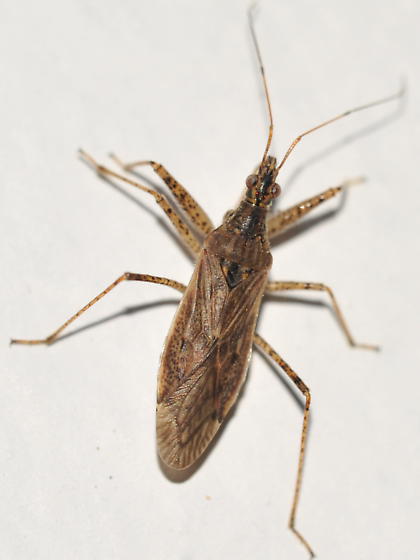We captured a kudzu bug in a Southampton County, VA sticky trap this week. Please see the map for more details. Kudzu_bug_traps_22_Apr_2015
Category Archives: General Comments

Kudzu bug first reports through April 16, 2015
Our kudzu bug trap operators provided first reports in three more counties since last week’s report: Isle of Wight, Lunenburg, and Nottoway. Please see the attached map for all locations reported so far in Virginia for 2015. Kudzu_bug_traps_13_Apr_2015
Save the Date: “Early Summer Row Crops Tour”
New Survey Shows High Level and Widespread Resistance of Thrips to Neonicotinoid Insecticides
Please see the attached report by Dr. Herbert (Virginia Tech) and Dr. Kennedy (North Carolina State University) regarding thrips resistance to neonicotinoid insecticides. NeonicThripsResistance

Black light trap catches for the week ending August 14, 2014
Corn earworm moth catches are increasing; please click on “BLT_14_Aug_2014” below for your local trap catches of this insect and also the brown marmorated stink bug. Thanks to the following for their reports this week: David Moore, Keith Balderson, Watson Lawrence, Kelvin Wells, Mark Kraemer, Chris Drake, Mary Beahm, Mike Parrish, Janet Spencer, and Ames Herbert and his entomology team.
Black light trap catches for the week ending August 7, 2014
Corn earworm moth catches increased at nearly all stations this week, with means ranging from less than one to 29 moths per night. Brown marmorated stink bug mean captures ranged from zero to 19 per night, with Charles City and Petersburg at the high end. Please click on the link beneath this paragraph that says “BLT_7_Aug_2014” to see the Tables for detailed captures of these two pests. A couple of reports came in shortly after the Tables were posted–the Essex location had 0.6 corn earworm moths per night and no BMSB; the Chesapeake black light trap caught one corn earworm moth over two nights of trapping. Thanks to the following for their reports this week: Scott Reiter, Mary Beahm, Helene Doughty, Kelvin Wells, Chris Drake, John Allison, Janet Spencer, Mark Kraemer, Dorothy Baker, David Moore, Keith Balderson, Watson Lawrence, and Ames Herbert and his entomology team.
Black light trap catches for the week ending July 31, 2014
Corn earworm moth catches were low this week, with nightly means ranging from zero to two moths. Brown marmorated stink bug captures were low in all locations except Petersburg (with approximately 20 per night). Please click on the link below that says “BLT_7_31” to see the Tables for detailed captures of these two pests. Thanks to the following for their reports this week: Mary Beahm, Chris Drake, Scott Reiter, Keith Balderson, Mark Kraemer, Janet Spencer, and Ames Herbert and his entomology team.
Corn earworm update—slow to develop but some surviving the pyrethroid vial test
The corn earworm population is very slow to develop this year. We are only getting a couple of moths each night in our black light trap here at TAREC and our pheromone trap catches are way down compared to this time last year.
Sean Malone will be posting the results of our annual corn earworm field corn survey later this week. Those results, the percent of ears damaged by corn earworm, give us the best indication of what to expect in the coming weeks. Worms feed in corn, drop the ground to pupate in soil chambers, then adults (moths) emerge to fly to other hosts like soybean, cotton and peanut fields. So the size of the population in field corn is our first indicator of what the season may bring.
As in past years, we are also subjecting moths to the AVT (Adult Vial Test) with a pyrethroid insecticide. With the low population, mentioned above, we have not tested a lot of moths but the survivorship numbers are high 13-46 percent. I cannot forecast if this will increase as the season progresses, as it has in the past, but starting at this level is significant. Given these early results, regardless of the crop growers should be prepared to use some non-pyrethroid product ‘designed’ to target difficult to control corn earworms. These can be used alone, or tankmixed with a pyrethroid if other pests like stink bugs or kudzu bugs need to be controlled.
Predator profile: Damsel bugs
Damsel bugs (10 mm in length) are common predators in southeastern row crops. These insects feed on corn earworm larvae and eggs, other caterpillars and thrips among other prey. Both adults and immature damsel bugs are predators. Adults are brownish with an elongate torso and head with long thin legs. Immatures have a similar appearance with shortened wings. According to a 2013 survey in Virginia soybean, damsel bug populations are highest in August and early September. Damsel bug feeding rates are highest at night, in contrast to high daytime feeding rates common to many predatory insects such as lady beetles. Keep in mind that broad-spectrum insecticides will significantly decrease damsel bug populations in soybean fields.

Black light trap catches for the week ending July 24, 2014
Nightly average catches of corn earworm moths in local black light traps were: Charles City=18.5; New Kent=8.0; Warsaw=1.0; Essex=zero; Petersburg=1.1; Eastern Shore AREC/Painter=zero; Hampton Roads AREC/Virginia Beach=zero; Southampton=3.0; Sussex = 1.9; Suffolk=2.5.
Means per night for brown marmorated stink bug were: Charles City=1.3; New Kent=zero; Warsaw=0.7; Essex=zero; Petersburg=26.9; Eastern Shore AREC/Painter=zero; Hampton Roads AREC/Virginia Beach=zero; Southampton=zero; Suffolk=zero. Thank you to our trap operators for their reports this week: John Allison, Mary Beahm, Keith Balderson, Mark Kraemer, Helene Doughty, Chris Drake, Kelvin Wells, and Ames Herbert and his entomology crew.


